My phone don't jiggle, jiggle, it folds. Has this been done yet?
Samsung Galaxy Z Fold 4 review: Innovation tax
A $2,499 price tag saddles a phone with a lot of expectations. For that money - a sum that would have been unthinkable five years - you'd be hoping for the best of the best. Maybe a chorus of angels singing out whenever you unlock it.
With the Galaxy Fold family, Samsung took a different approach. Instead of matching it or exceeding its S series devices, the Fold price felt more like an innovation tax. You were paying more for the sake of owning something different. For the experience over pure specifications. It was a tricky proposition.
This time around, Samsung is treating the Galaxy Z Fold 4 more like a true flagship. It has the fastest processor in an Android phone, and a much better camera experience. It still costs $2,499 however, and it's still hard to say that the Z Fold 4 offers a best of the best experience.
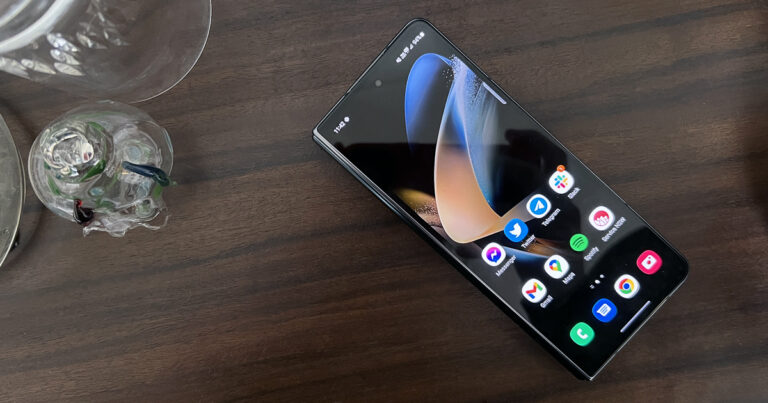
How much does the Samsung Galaxy Z Fold 4 cost in Australia?
Outright, you'll pay $2,499 for a 256GB Galaxy Z Fold 4. A 512GB model will cost you $2,699, or the 1TB variant sells for $2,999. You can also get it the Galaxy Z Fold 4 a plan from Telstra, Optus, Vodafone, and Woolworths Mobile.
Here's a selection of 24-month Galaxy Z Fold 4 plans:
Here's how outright pricing compares across retailers:
Samsung Galaxy Z Fold 4 camera
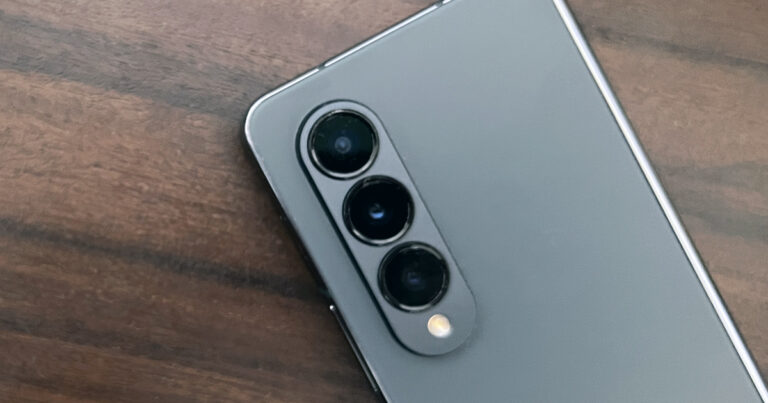
In their first three iterations, Samsung's flagship foldables have had cameras that were distinctly unflagship. While they'd do an okay job, they were a clear step down from what Samsung was offering in its S series devices.
Samsung has finally given addressed this and kitted out the Galaxy Z Fold 4 with the same camera configuration you'll find on the Galaxy S22. This gets you a 50MP primary lens, a 12MP ultra-wide experience, and a 10MP telephoto lens with optical zoom.
For the most part, the Z Fold 4 can take nice shots. It's just not quite as good as the competition. Shooting moving subjects like pets can cause motion blur in your photos, and the phone misses out on fine detail in low light. The iPhone 13 family, Pixel 6, and OPPO Find X5 Pro are all better performers when it comes to photography.
What's more egregious is that Samsung has a better camera it could have used for the Z Fold 4: the S22 Ultra's camera configuration. Even if Samsung didn't quite manage to squeeze in the 108MP primary lens, I would have loved to see the 10x zoom, as that's an area where Samsung is currently unrivalled. The S22 camera is a nice step up from what was previously on offer, but it also feels like a half-measure.
On the selfie camera front, the Z Fold 4's internal screen features a camera embedded under the display. The integration is a bit more seamless this time around - it doesn't draw as much attention to itself. The picture quality isn't great, however. It will do for video calls, but for actual selfies, you'll want to use the front-facing camera on the external display.
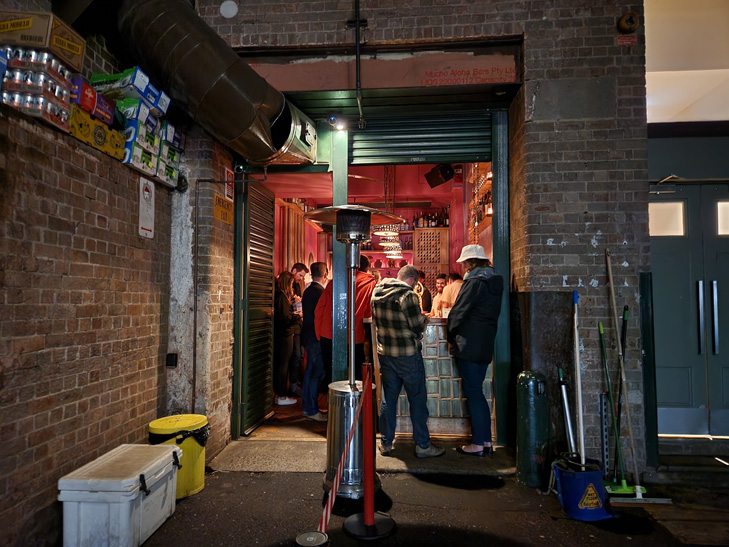



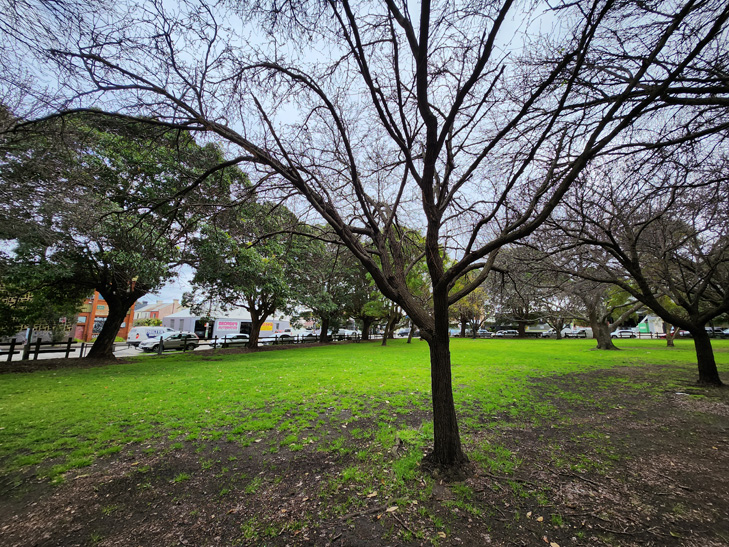
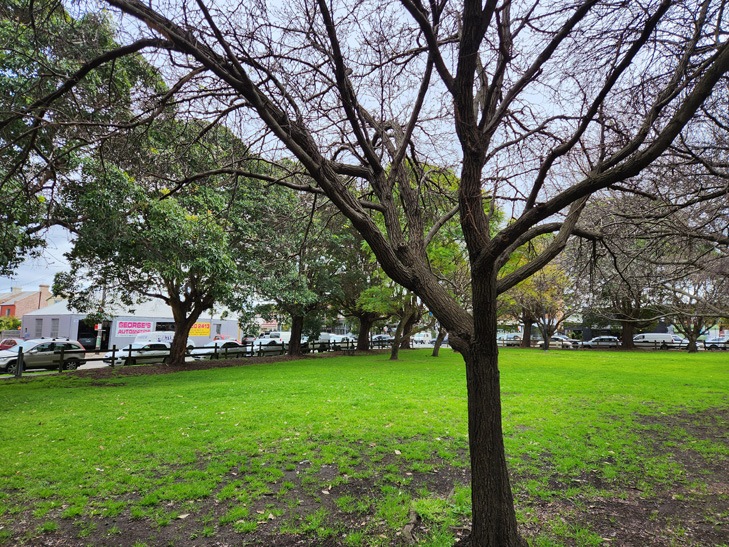


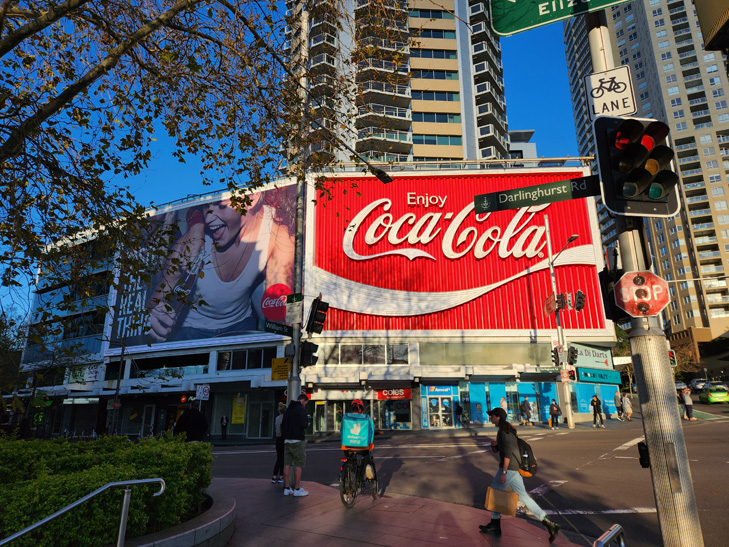


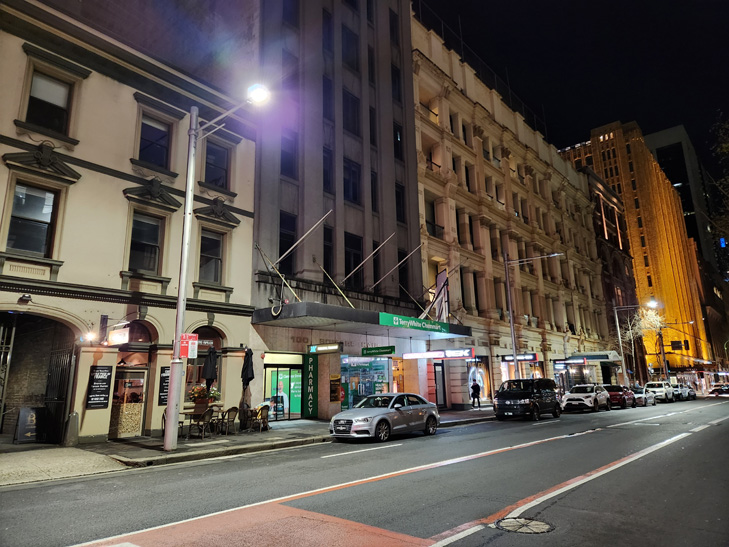





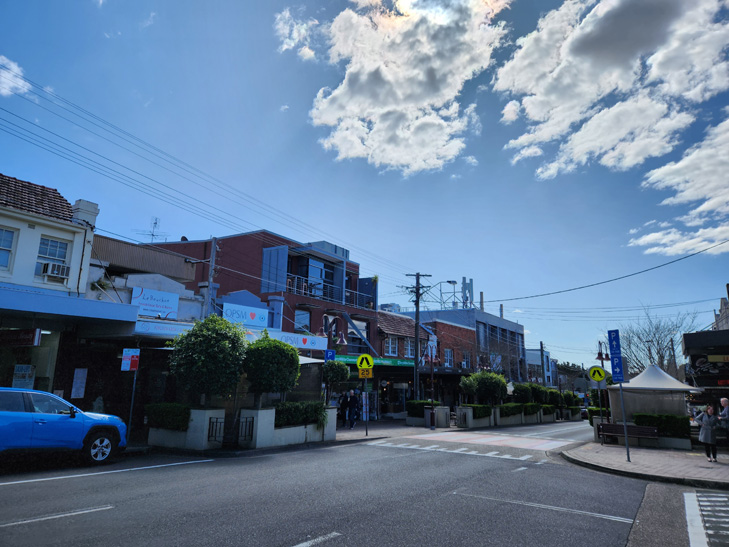




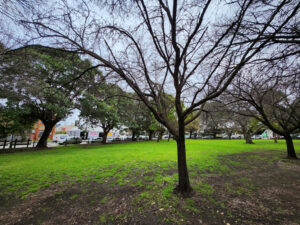
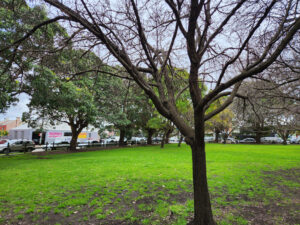












Samsung Galaxy Z Fold 4 performance and battery
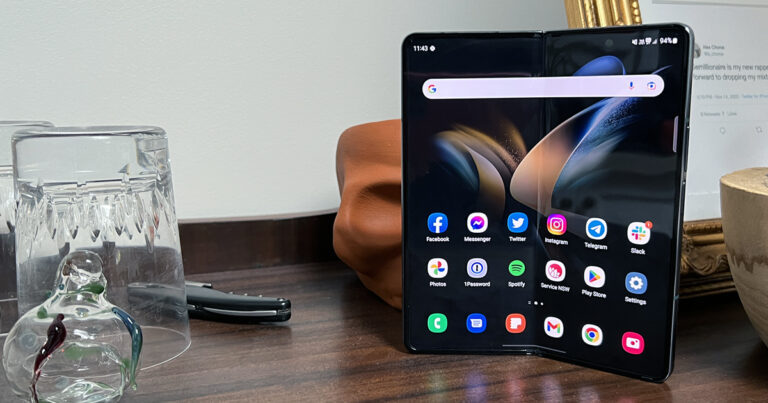
The Galaxy Z Fold 4 is one of the first phones powered by Qualcomm's new Snapdragon 8+ Gen 1 processor. While the non-Plus variant of the chip was certainly no slouch, this puts the Z Fold 4 ahead of the S22 series in terms of pure performance. Few other phones have seen the chip locally; the Z Flip 4 and the upcoming ASUS Zenfone 9 are the key alternatives. A high-end chip naturally leads to high-end performance, and it's hard to fault the Z Fold 4 on that front. It's as zippy as you'd expect a $2,499 phone to be, and I didn't experience a single instance of slowdown during my testing.
Conversely, the battery situation left me wanting more. With 5G and 120Hz both on, I was only able to get around four hours of screen time per charge. That's better than some Android flagships, which can struggle to even hit that milestone, but still not great. My iPhone 13 Pro Max can easily hit over eight hours of screen time per charge, for example. Dialling the 120Hz refresh rate back to 60Hz gets you closer to five hours of screen time per charge, but you shouldn't have to disable functionality for the sake of battery on a flagship phone. Especially on a $2,499 one.
Samsung Galaxy Z Fold 4 design and software
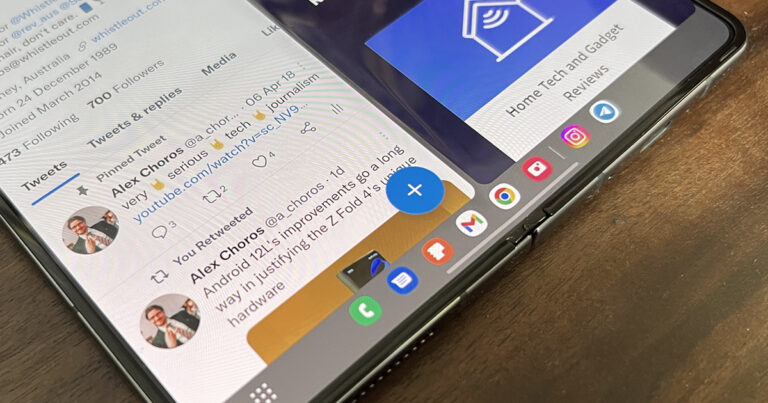
While the Z Fold 4 has some major changes in terms of a better camera and faster processor, it's the subtler ones that make the biggest difference. When compared to last year's model, Samsung has stretched out the external display by a few millimetres, cutting into the bezel. I still would have loved it to be a bit wider, but even the small change makes it that little bit less cramped. Similarly, the phone is a touch shorter, even if it is still a weirdly tall candy bar.
There are two design omissions, however, that would have been obvious wins. Samsung added S Pen stylus support to the Z Fold 3 last year, and integrating the stylus seemed a natural next step. Instead, the S Pen is still sold separately and there's nowhere on the phone to stash it.
It would have also been good to see Samsung do more to minimise the crease on the internal display. The crease isn't the end of the world, but OPPO managed to all but eliminate it with its Find N. The Find N might only be available in China, but it's strange to see Samsung not compete on the innovation front.
When it comes to subtle improvements, the new software features are easily the most meaningful change this year around. The Z Fold 4 is powered by Android 12L, a take on Google's operating system better optimised for the form factor. This brings with it an app dock that floats on the bottom of your display when you're using an app on the phone unfolded.
Much like the dock on a Mac, this makes it far quicker to jump between app to app, as well as open them up side-by-side. If you do have two apps open next to one another, they'll stay grouped when you jump into another one, so you can come back to the same pairing quickly.
When combined with a sort of start menu for opening apps not already in the dock, these software changes help justify the Z Fold 4's unique form factor. Multitasking is so much more seamless and intuitive.
It also helps that app support is slowly getting better. Facebook and 1Password are now both optimised for the larger display, for example. There are still plenty that aren't - such as Twitter and Instagram - but the Android tablet app situation is improving, which is a big win for anyone with a Samsung foldable.
Is the Samsung Galaxy Z Fold 4 worth buying?
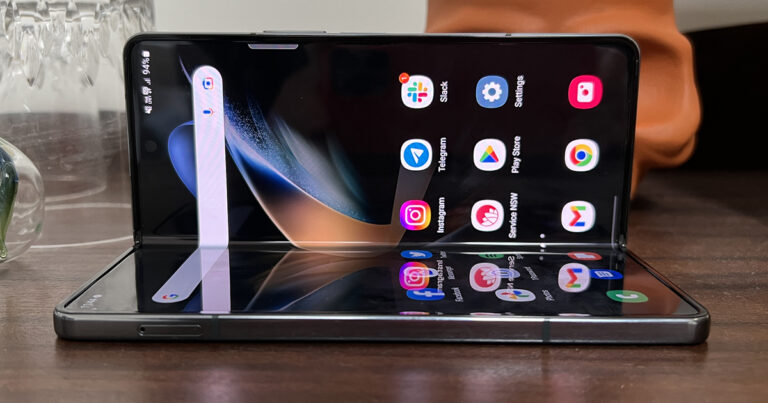
A combination of spec bumps and subtle improvements make the Galaxy Z Fold 4 feel closer to being worth its $2,499 asking price, but don't quite justify it entirely. The better interface for multitasking helps realise the potential of the folding form factor, and it's nice to have cameras that are at least on par with the Galaxy S22, but at the end of the day, the Galaxy Z Fold 4 is still a $2,499 phone.
The sky-high price is enough to make it a niche purchase, but given you have to make some trade-offs when compared to more conventional phones or spend extra if you want an S Pen, the Z Fold 4 doesn't quite represent the best of the best for Samsung. If you're in love with the form factor, the Galaxy Z Fold 4 is better than ever, but there's still so much potential for it to be more.
Related Articles





